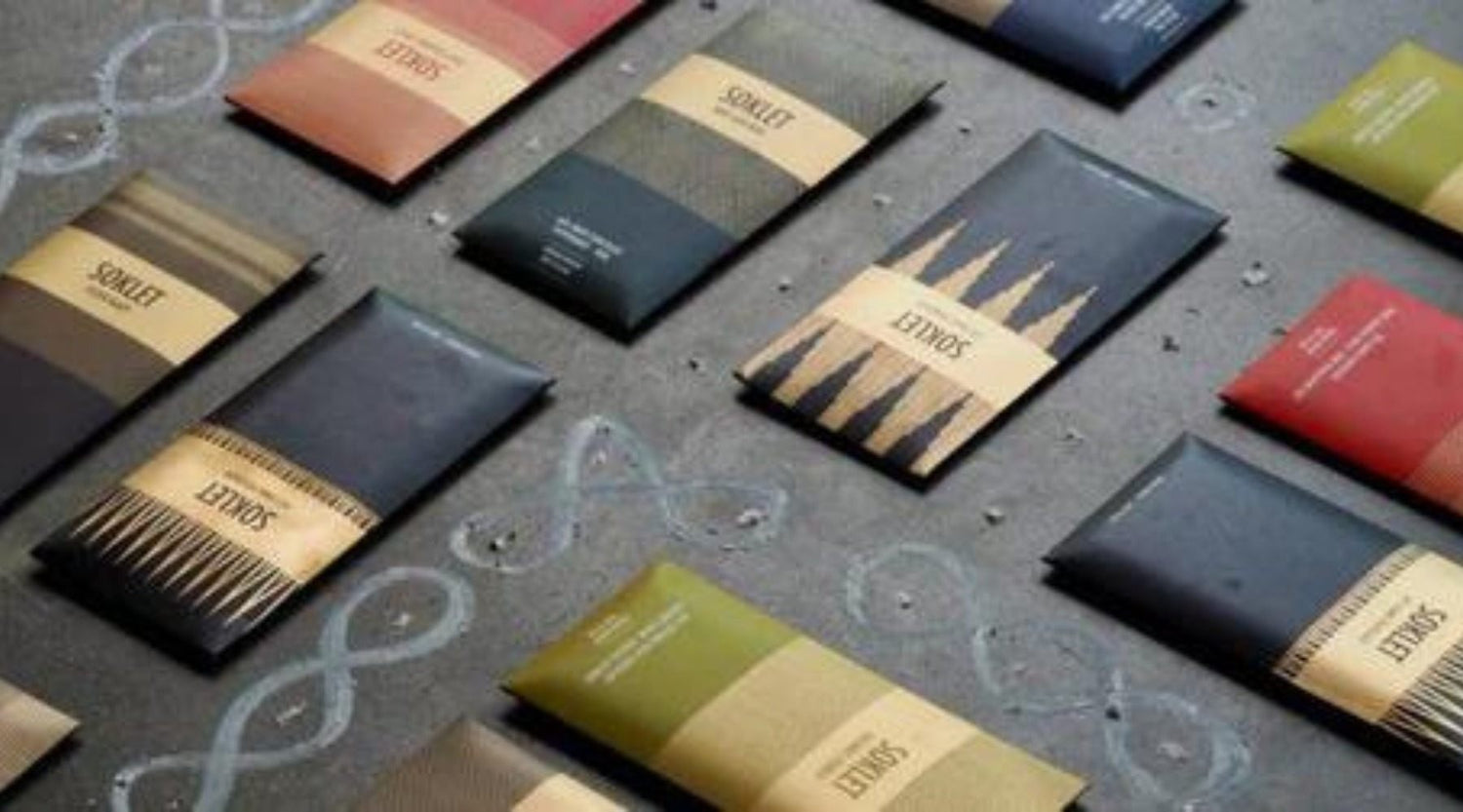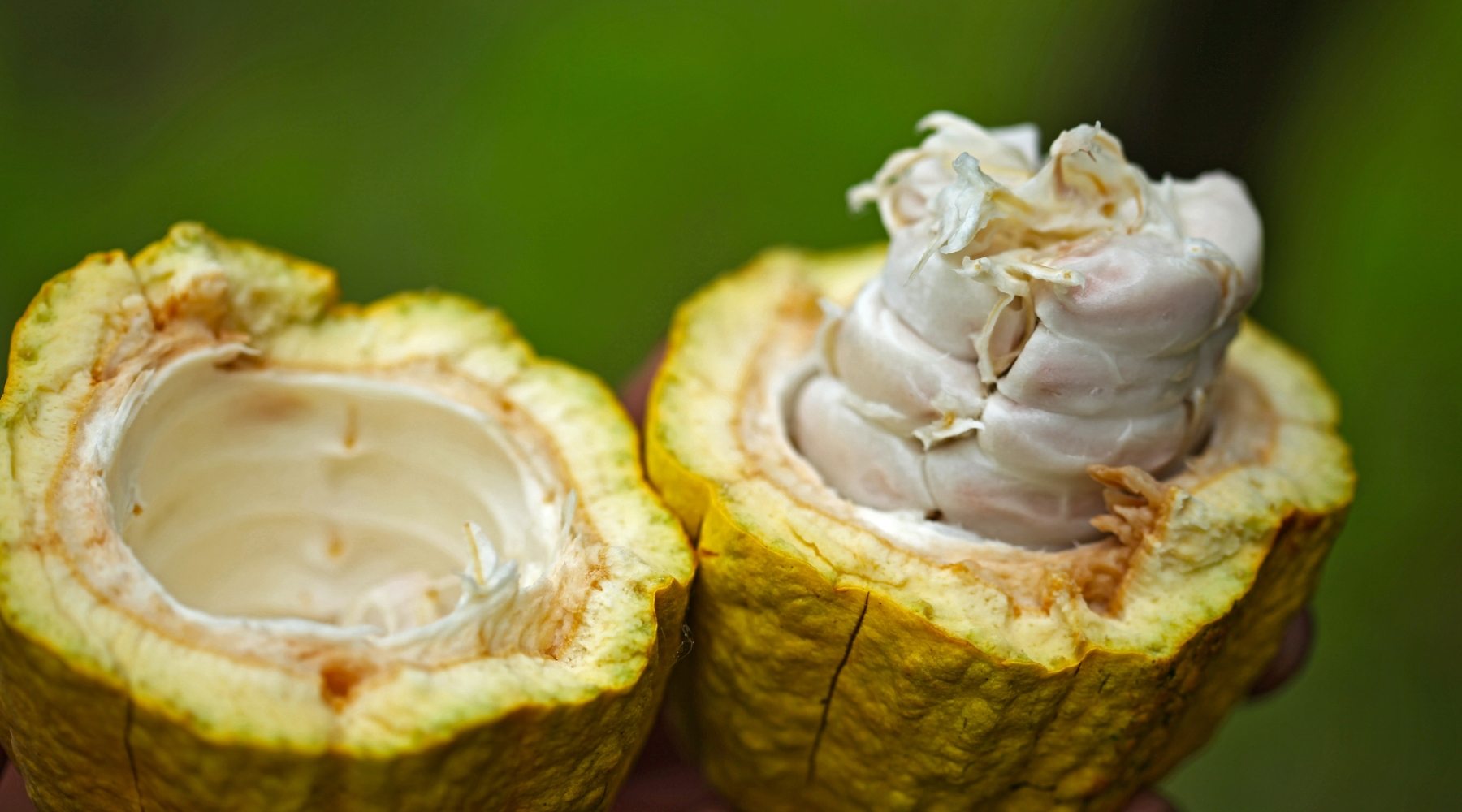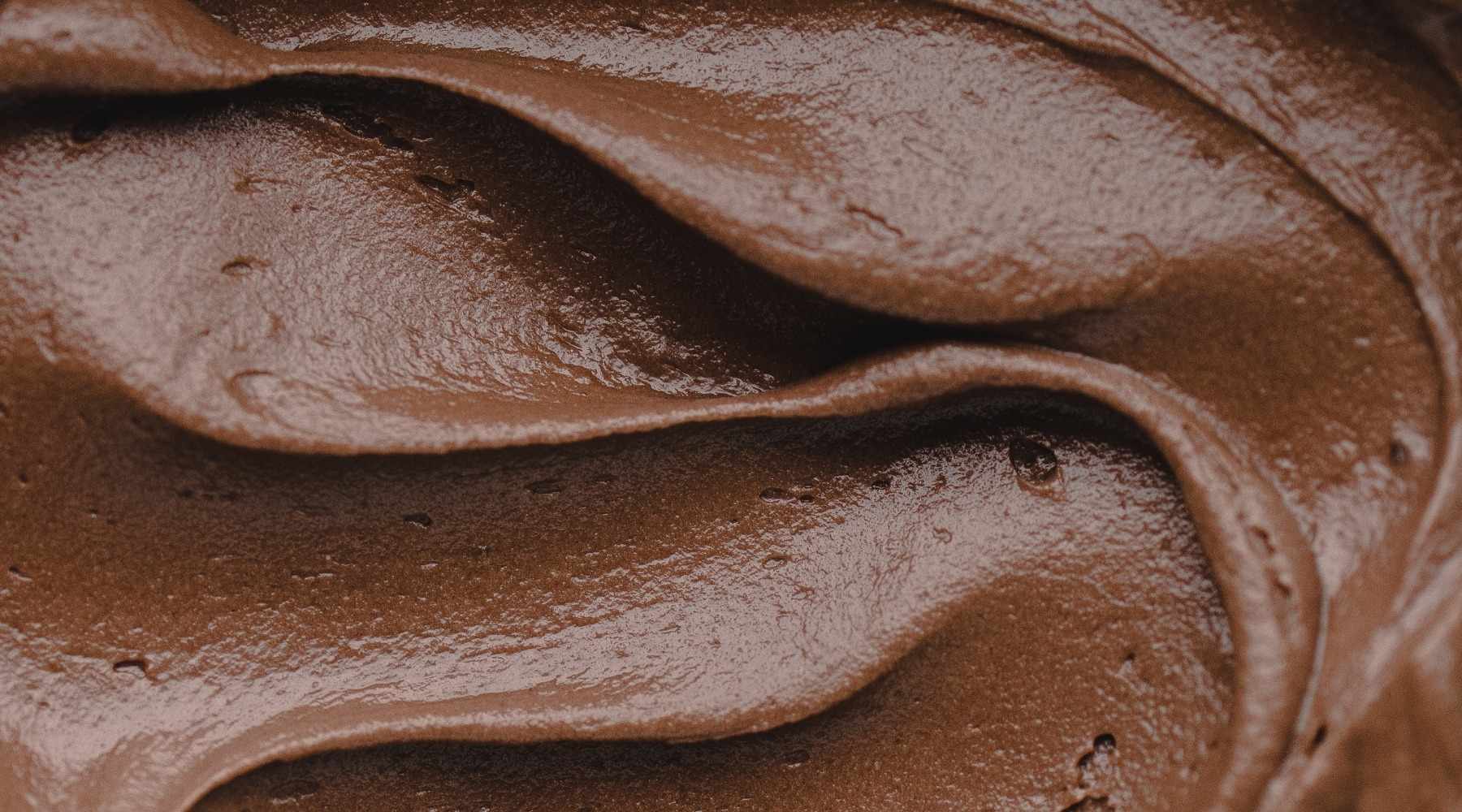With Soklet, Karthikeyan Palaisamy and Harish Manoj Kumar want to help Indian chocolate become more famous: With their high-quality, delicious chocolates, they show the chocolate world what India has to offer. They grow the cocoa beans on their own plantation, ferment them themselves and also process them. So bean-to-bar. In the Theyo interview, Soklet founder Karthikeyan Palaisamy explains which sweets are traditionally eaten in India and what the advantages are if chocolate is made in the country of origin of the cocoa beans.
Where does the name Soklet come from?
Soklet is a variation of the Tamil word for chocolate. Tamil is the language in our region.
You are the first and only bean-to-bar chocolate makers in India. How did you get started making chocolate from your own beans?
This happened completely by chance! Harish, my brother-in-law and business partner, has had his own cocoa farm since 2005. At that time, he only sold his beans on the local raw materials market. Then in 2015 he looked for ways to increase his productivity and export the cocoa beans. We joked that we could make our own chocolate from the beans. We then tried it out at home with a sample batch. Our family and friends loved our chocolate! And then one thing led to another.
What makes your chocolate so special?
Our cocoa trees are all grown from seedlings and are a mix of Amelanado, Trinitario and Criollo varieties. They grow among coconut, nutmeg, pepper and various fruit trees. This diversity enriches the unique flavor profile of the cocoa beans. Our plantation is also managed as sustainably as possible: with principles of permaculture and vermiculture and without pesticides and chemicals. We also ferment and process our beans ourselves. And with our own “recipe” for this process, we can improve the flavors of our beans even further.

The Soklet Chocolate team on their own farm in India ©By hand from the heart
Chocolate that is made in the country of origin of the cocoa beans is still a rarity. Why do you think local manufacturing is important?
We believe it is very important that more and more chocolate is produced in the country of origin. Because that means more added value in the local economy, higher prices for cocoa farmers and better development of expertise in the country of origin. And on the other hand, it means better and diverse chocolate for consumers!
What is India’s connection to chocolate?
India's relationship with chocolate began with Cadbury's, Mondelez and Co: cheap mass-produced and overly sweet chocolate. Even today, imported chocolate is still considered better in India, even if it is of very poor quality and full of sugar. For many people, “Belgian” and “Swiss” chocolate, for example from Lindt, automatically means high-quality chocolate. It is a long and difficult task to educate consumers about really good chocolate.
Can you observe any trends in the chocolate scene in India?
In addition to the big brands that continue to dominate the market, there is a small but growing scene of chocolate manufacturers and chocolatiers offering quality chocolates. But this is mostly limited to the large metropolises such as Delhi, Mumbai and Bangalore. Another trend we are seeing is the move towards dark chocolate. More and more consumers view them as healthy food. And the market for chocolate as a gift is also growing.
 Soklet Bean-to-Bar Cocoa Farm in India ©Soklet
Soklet Bean-to-Bar Cocoa Farm in India ©Soklet
City, country, enjoyment.
We have slightly modified the famous game “City, Country, River”...
City: If your chocolate was a city, what city would it be?
Ooty, a famous hill town in Tamilnadu, India, about four hours drive from our location. The city is known for its rich British heritage, tea plantations, vegetable farms, orchards and busy tourists. Ooty is a special place for Harish and me as we spent our childhood in a boarding school in Ooty and remember the taste, smell and color of the city very well. There are also a lot of chocolatiers in Ooty who hawk “homemade” chocolate, which in reality is not of good quality at all. But this is the chocolate we were exposed to as children. Our goal now is to show India and the world how good Indian cocoa and Indian chocolate can be.
Country: Which country is your favorite growing region?
Since we are cocoa farmers ourselves, we only want to work with our own cocoa. So of course the answer is India!
Enjoyment: What do you like to combine your 70% table with?
With a nice glass of Japanese whiskey: Yamazaki! The fruity and floral notes of our 70% bar pair well with the mildness of the whiskey and its notes of red berries and oak.
Which three chocolates would you take with you to a deserted island?
Our Soklet 70%, the Chapon Venezuela Porcelana & Camino Verde from Dandelion .

Cocoa pods shortly before harvest Soklet's bean-to-bar cocoa farm in India ©Soklet
Acquired a taste? Here you can find the special chocolates from India. By the way: there are more interviews and stories about the places of origin of the cocoa beans on our Theyo blog .



